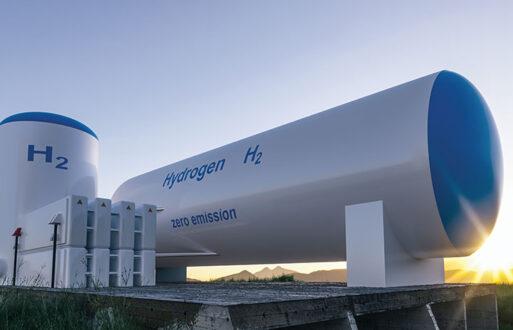There’s been a lot of talk lately about net zero goals. Companies large and small, including influential technology firms and many of the nation’s energy providers, are publicizing their commitments to combat climate change. But what does net zero really mean, and how will it impact the energy industry? Let’s take a closer look.
Net Zero Defined
There are a couple of ways you can think about net zero. First, we should differentiate between net zero emissions and net zero carbon emissions. In the big picture, net zero emissions would be the point at which we don’t add any more greenhouse gases (GHG) to the atmosphere than we take out. The key here is the “taking out” bit. The large-scale removal of greenhouse gases from the atmosphere will require a concerted global effort to develop and use new technologies like carbon capture, utilization, and storage (CCUS).
The announcements being made in recent months have primarily been around net zero carbon emissions, which means the company’s activity, whether it be manufacturing a widget or generating electricity, doesn’t produce any carbon emissions in the first place. However, many of these announcements refer to net zero energy use or the on-site production of all the energy needed to power the site for a year. On-site solar plus battery storage systems that fully power a manufacturing facility are prime examples of net zero energy use.
How Do We Get to Net Zero?
After taking office, one of President Biden’s first tasks was to rejoin the Paris Agreement. Among other things, this multilateral agreement sets a goal for the U.S. to achieve net zero emissions by 2050 – across the entire economy. The administration also calls for at least a 50% reduction of GHG pollution (from 2005 levels) by 2030. Experts agree we need to move quickly if we’re to achieve these lofty goals.
What’s also clear from the experts is that the future will be driven by clean electricity. Renewable energy, specifically solar and wind, will be critical components in the country’s ability to reach net zero emissions. The Department of Energy (DOE) is leading the way by committing to a massive investment in offshore wind (30 gigawatts by 2030). They’re also working on reducing the cost of solar by an additional 60% in the same time frame.
What Net Zero Means for the Energy Industry
The energy industry’s current use of fossil fuels makes power generation the country’s largest single source of carbon dioxide emissions (government estimates put it at 40% of the total). That means we’ll need to overhaul the way we produce electricity to get to net zero emissions.
This reimagining of our power structure will be, in part, driven by new, cheaper technology, including the lower costs of renewable energy. For example, wind and solar power generation are now cost-competitive compared to coal and gas, and as noted above, it’s expected that solar costs will decrease even further.
If the economics aren’t enough to drive change, state mandates might be. Many states are starting to require utilities to reduce carbon emissions significantly by 2050 or move to renewables exclusively.
Here are a few other considerations for energy industry leaders:
- Renewables are intermittent power sources – the wind, for example, may not constantly be blowing. As a result, a net zero grid needs to have the flexibility to match supply and demand using various distributed energy resources (DER). Managing the grid’s use of renewables, biofuels, hydrogen cells, battery storage, and even nuclear energy will require energy leaders to rethink how those various resources are used to create a more flexible, reliable, and resilient power grid.
- Reliability and resiliency will also need to come from rebuilding and fortifying the electric transmission and distribution infrastructure. The recently passed infrastructure bill will help address challenges the industry faces from extreme weather and natural disasters like wildfires.
Clean energy generation is the key to unlocking other industries’ ability to reduce their carbon emissions. The same electricity that will power our homes and keep us warm will also get us from place to place. For example, with a more robust electricity infrastructure, the automotive industry can advance electric vehicles and the necessary charging infrastructure for personal and public transportation.







